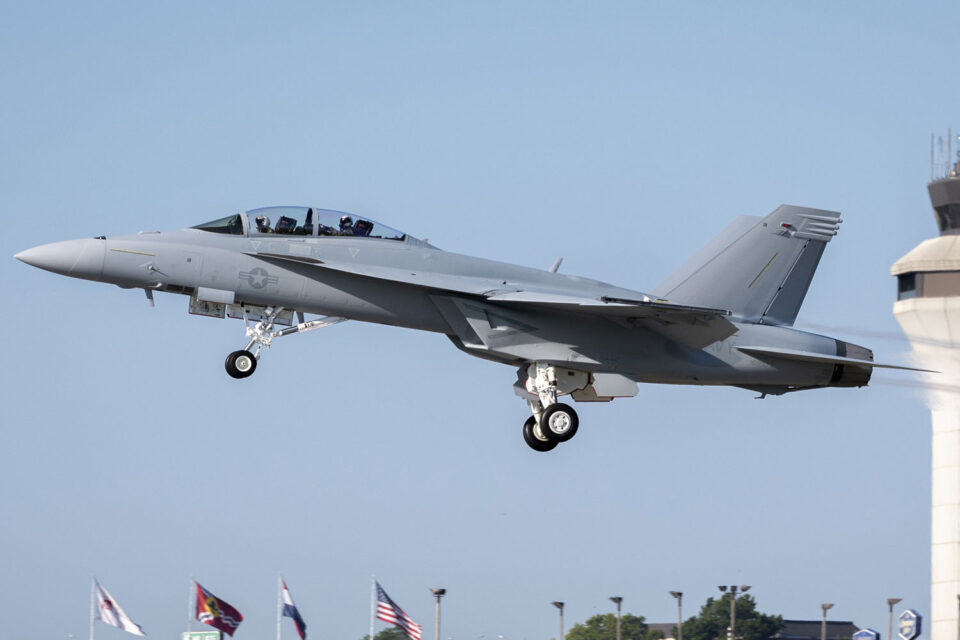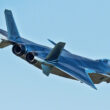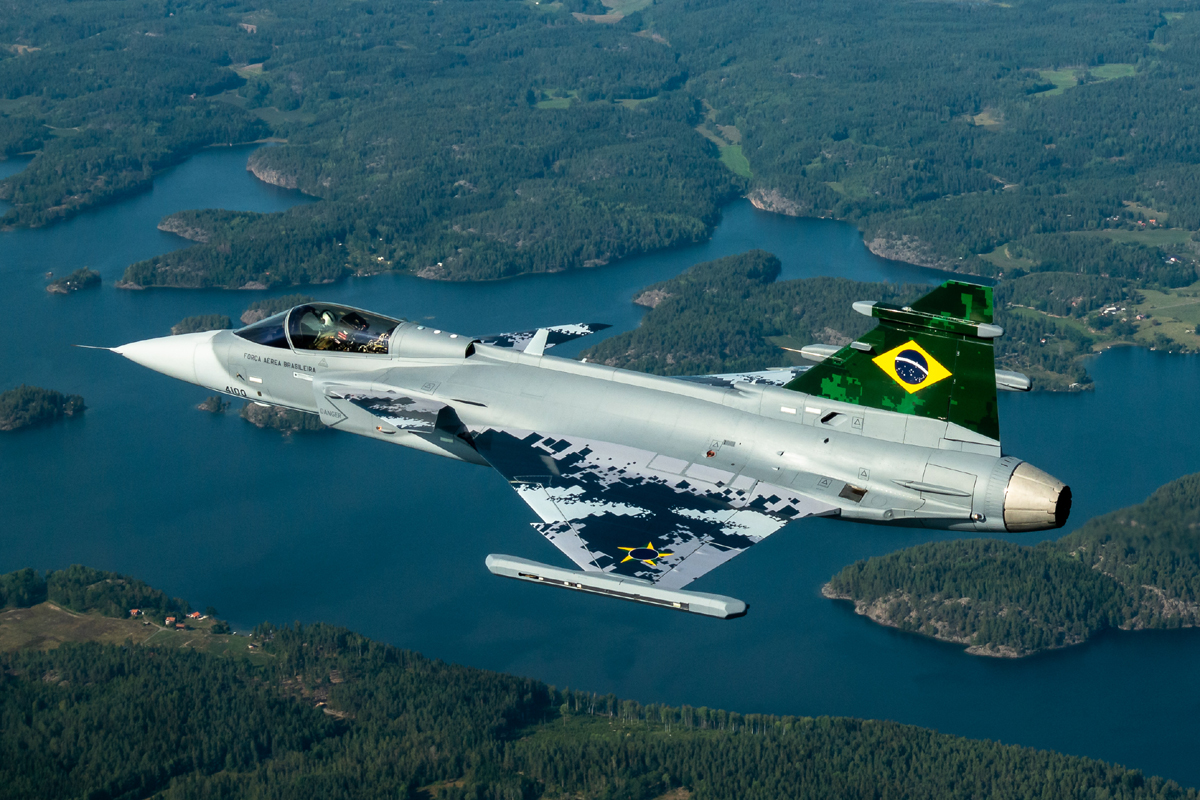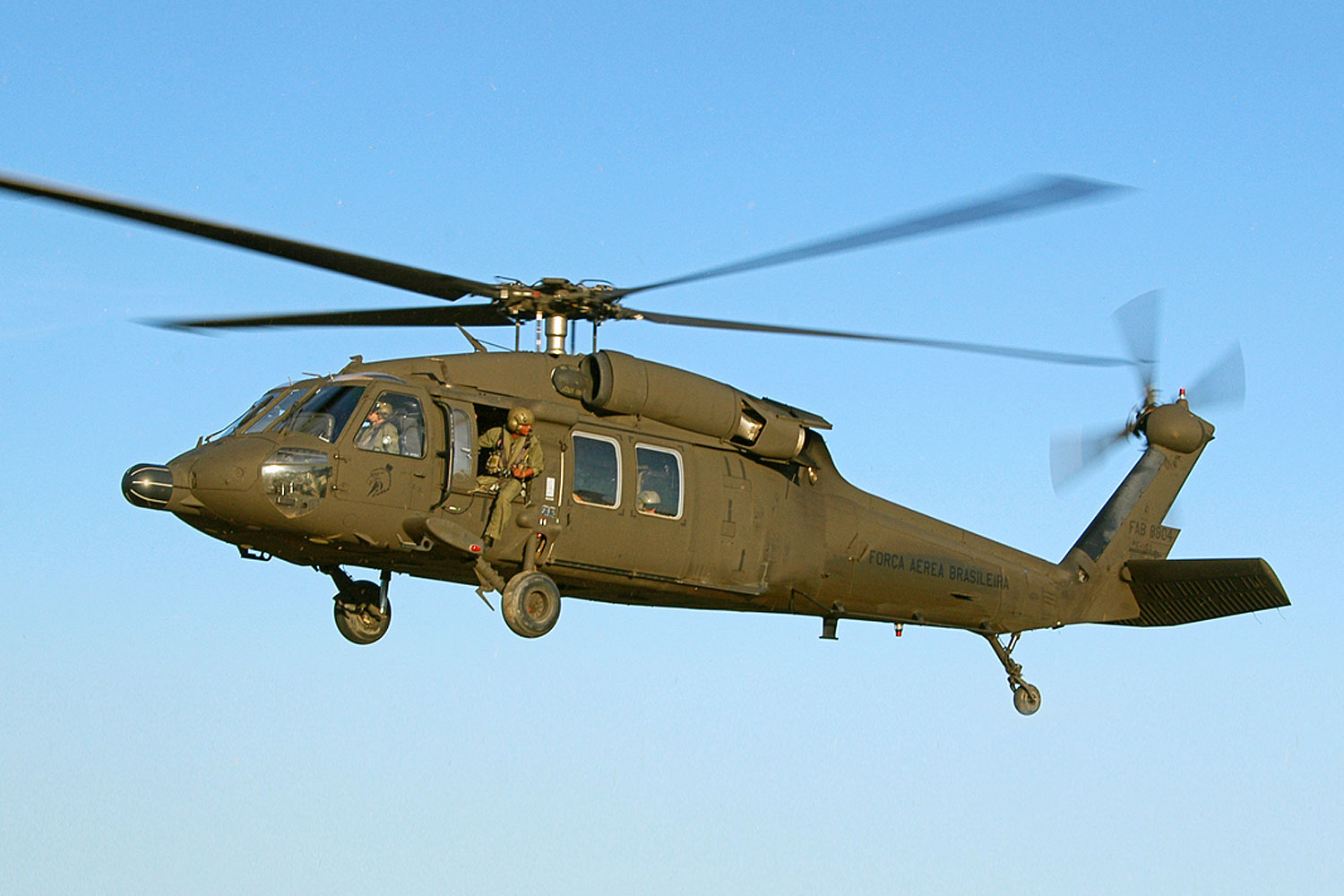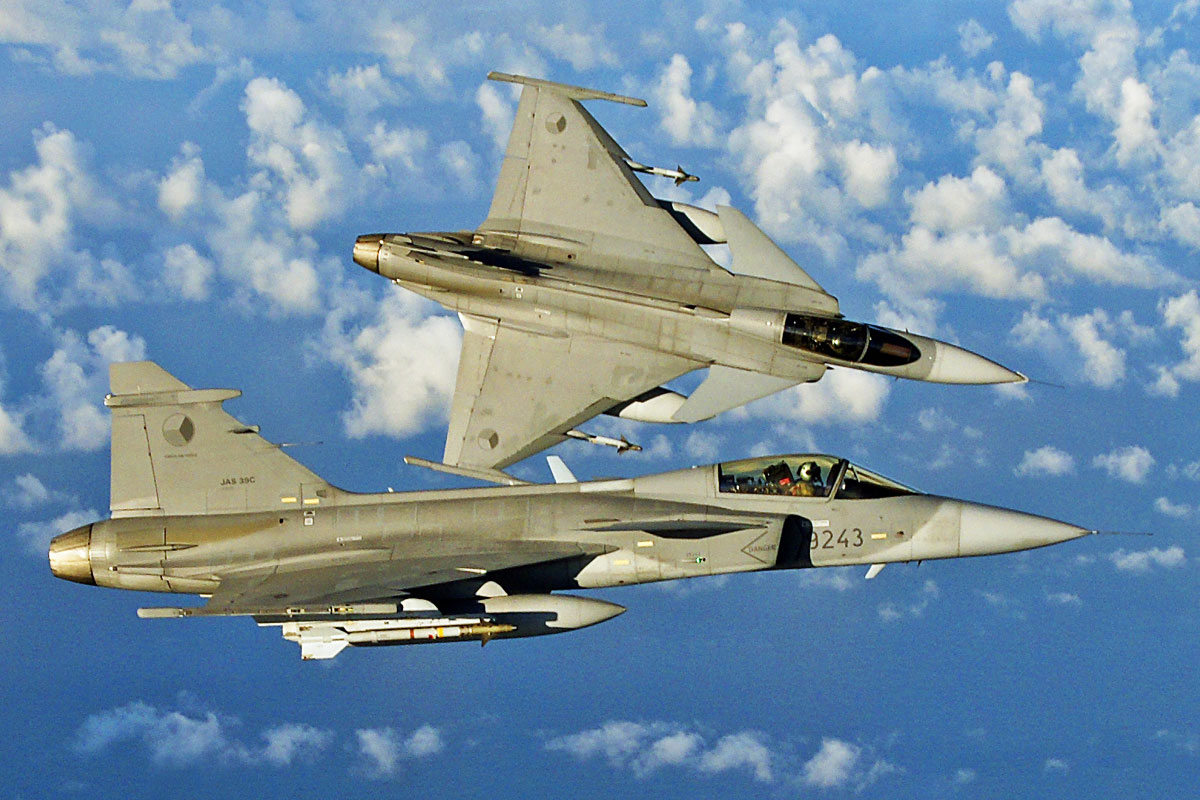Boeing delivered the first operational F/A-18 Super Hornet Block III fighter to the US Navy. The new variant has as its biggest differential the architecture of open software and hardware, which allow for faster updates.
Because of this, the new Super Hornets are more connected and prepared to overcome future threats, explained the manufacturer. Among several upgrades are the new mission computer with processing power 17 times the hardware used today.
The Super Hornet Block III also has a TTNT (Tactical Target Network Technology) communication system, which connects the fighter to a military command and control network. The cockpit has a touch screen panel and thanks to the redesign of the fuel tanks it was possible to extend its range.
“We have invested in Block III technology and developed the capabilities in partnership with the U.S. Navy to meet its emerging requirements,” said Jen Tebo, Boeing vice president of F/A-18 and EA-18G programs.
“The fleet needs capabilities to keep its edge,” said Capt. Jason “Stuf” Denney, U.S. Navy F/A-18 and EA-18G program manager. “Getting the first operational Block III in our hands is a great step forward in supporting our capability and readiness goals.”
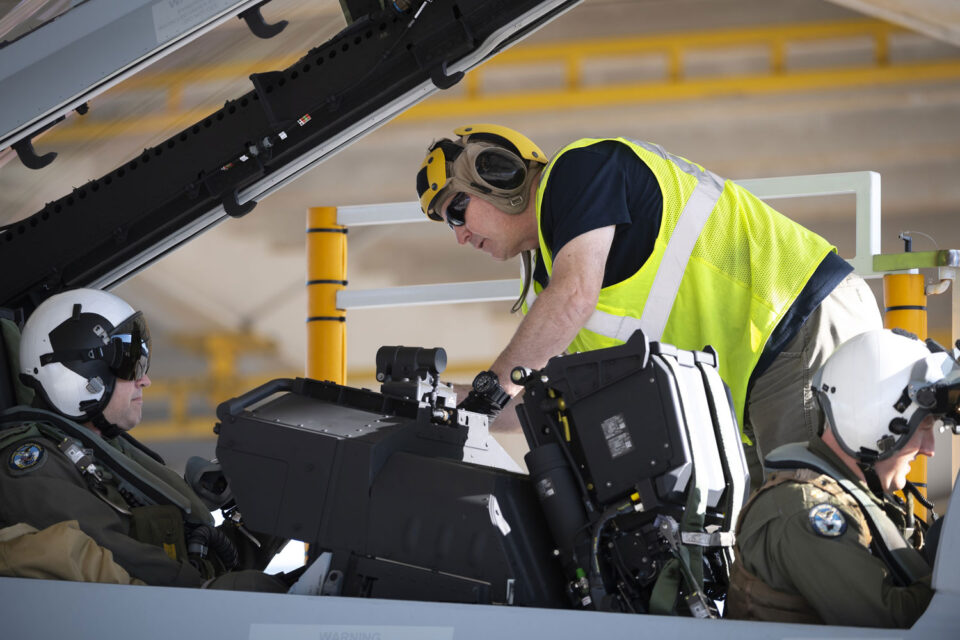
The two-seat aircraft flew from Boeing’s facilities to the Naval Air Station Patuxent River, Maryland, where it will undergo a development program with the Test and Evaluation Squadron (VX) 23.
Only after a series of test flights will the first F/A-18 Block III be deployed to an operational squadron.
Last year, the manufacturer delivered two Block III fighters to familiarize US Navy pilots, but they were not operational.
Boeing was contracted by the US Navy to keep the Super Hornet fighters up-to-date through the mid-2030s. In addition to producing the new aircraft, the aircraft manufacturer also won two contracts to extend the life of the F/A-18 Block II and eventually updates them to the Block III standard.
